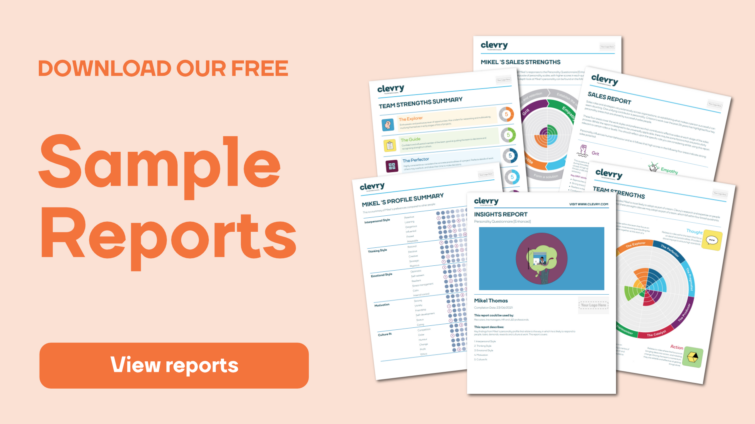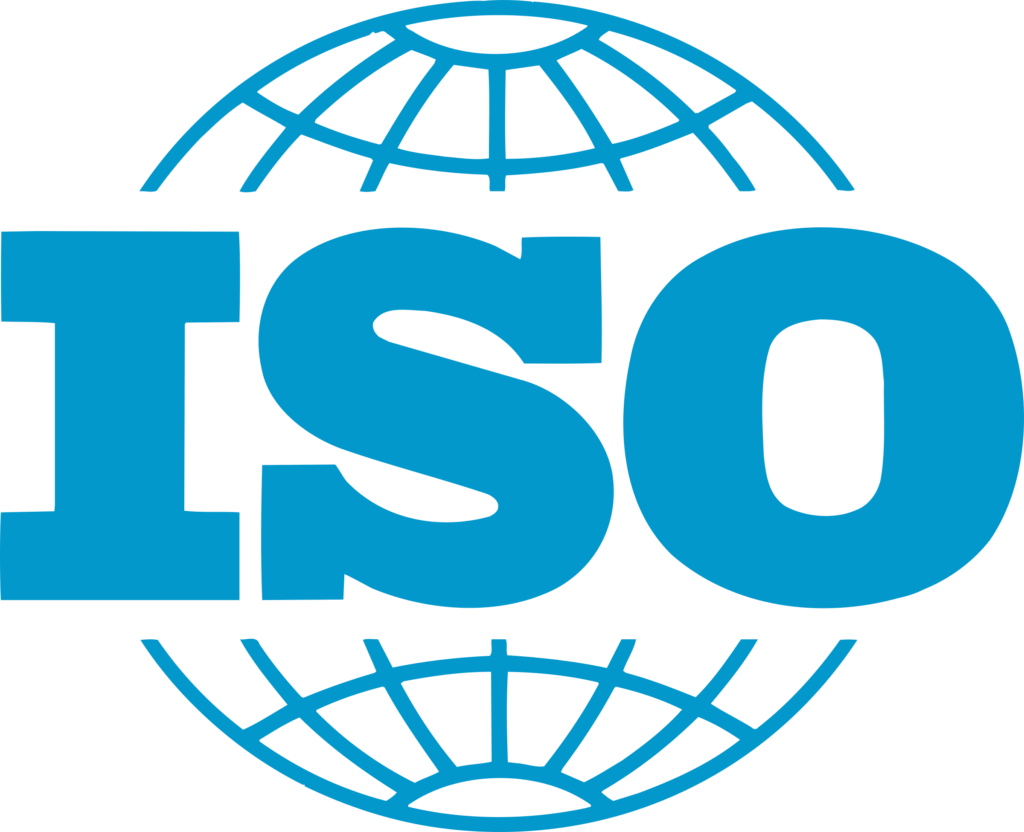Due to the tight job market and shortage of qualified applicants, companies are increasing wages in an effort to hold on to current employees and even offering better benefits to attract new hires. However, according to The Independent, a whopping 96% of businesses in the United Kingdom want government support to combat the cost of living as they are concerned about its effect on staff retention.
Of course, recruitment costs aren’t just about the amount of money a company spends. They also include the time spent by HR departments, the labour involved with creating job adverts, planning time required for interviewing employees and much more. In this article, we’ll talk about the various ways companies can reduce recruitment costs, streamline the process and get from the interview stage to onboarding with less time and money.

1) Streamlining the hiring process
Businesses with a well-defined hiring process have an easier time attracting the right candidates to the role thanks to well-crafted job descriptions and robust screening processes that filter out unstable candidates.
Streamlining your hiring process also promotes fairness, as recruiters use standardised assessments and interview questions to make unbiased comparisons to other candidates. What’s more, a streamlined hiring process reduces cost, effort, and time to fill. It also strengthens your brand image. According to Marketing Week, giving job seekers a poor experience could turn them off a brand from a consumer perspective, too.
Another important part of a streamlined hiring process is writing simplified job descriptions that get straight to the point, are jargon-free and highlight key responsibilities and daily tasks. When creating a job advert, start off with a summary of the most important skills, experience and qualifications required and then move on to less important desired skills. An advert that states exactly what the company needs will reduce the amount of unsuitable applications.
2) Leveraging technology and tools
Thanks to recruitment automation tools, finding, interviewing, and ultimately hiring people requires less time and effort, which can find relevant people and automatically match them to the job criteria. Then, there are applicant tracking systems, which save time, speed up CV analysis, make posting jobs easier and quicker, improve the quality of hire by scanning through pools of applicants, speed up the hiring process and offer the applicants a better experience.
Much like applicant tracking systems, psychometric tests help recruiters make better decisions more quickly. Recruiters can use objective and measurable data to understand a candidate’s personality, innate skills and intelligence levels and even see how well they’ll fit into the company.
3) Employee referrals and internal hiring
Recruiters don’t always have to look outside the company to find new talent. Internal recruiting costs an average of 18% less than recruiting externally. Companies save even more money with internal recruiting due to high retention, as employees stay at companies that recruit internally 41% longer.
Internal recruitment also saves recruiters the time of posting on job boards, going through the interview process and spending time and money on training. It’s much easier to train someone in a new role when they already understand how the company and its work processes operate. What’s more, internal hiring ensures you already have someone who fits in well with the company culture.
4) Recruitment process outsourcing
Recruitment process outsourcing (RPO) comes with some pros and cons. On the plus side, recruitment experts can meet your needs, work around your company’s current framework and quickly adapt to any changes. External recruitment companies protect your brand image by offering candidates quick feedback, and they also understand and use the latest and most efficient recruitment tools to pick the right person for the job. Using an external recruitment agency also saves you the time of searching through mountains of CVs and conducting dozens of interviews.
However, external recruitment companies can never know your company as well as you do, so there is a chance they might hire someone who does not fit in well with your company culture and may take longer to find a suitable candidate as they must learn about your company. Another problem that might arise with external recruitment agencies is a lack of communication, as It’s unlikely that a busy agency will keep you in the loop every day.
But despite the potential cons, outsourcing comes with many pros and saves you a lot of money and time while hiring for specialised roles. Outsourcing this task means the responsibility of narrowing down applicants and selecting those with specialised skills is taken off your hands. At Clevry, our experts use science-backed psychometrics and skills tests to find the best candidate for the role quickly.
5) Employer branding and social media
Building a strong online presence increases brand awareness and engagement and is an excellent way to recruit a new hire. According to GlobalWebIndex, internet users have an average of 5.54 social media accounts, so there’s a good chance your next hire will see a job posting via your social media channels.
At present, over 84% of organisations are recruiting through social media. Well-maintained, uniformed social media accounts can inform potential candidates about your company’s culture, goals, values and latest news. They are an excellent way of reaching out to potential candidates, offering them an opportunity to learn more about you while you learn more about them and enabling you to post job adverts free of charge. What’s more, hiring through social media saves a lot of time, as candidates can send their CVs directly to you or share the advert with friends who might be a potential match.
To save money and get the best response from your social media campaign, stay engaged with your audience, personalise your brand with videos, infographics and other content, and join social media groups that are related to your industry. You can even create a candidate persona and share it with your team so you can all agree on your perfect applicant.
6) Data-driven decision making
There’s pretty much no area of the recruitment process that cannot be enhanced by data analytics. Data analytic tools offer deep insights into hiring costs, time to hire, hire quality, candidate retention rates and candidate sources.
Using a data-driven approach can help you optimise your recruitment ad by identifying your target audience based on demographics, behaviours, interests, and needs. You can also test and compare adverts to see which one performs best. After running an ad campaign, you can utilise your findings and implement them in future ads. Tools such as Google Analytics and LinkedIn Page Analytics offer a solid understanding of engagement, ROI and conversion rates.
Recruiters can also optimise their adverts by segmenting their audience, which is especially helpful when looking for various new employees with different skill sets. Ads can be targeted based on various factors, such as experience, location, industry, education, motivation and more.
The bottom line
Although the recruitment sector is facing many challenges right now, there are also many opportunities. Companies can utilise cutting-edge software to make data-driven decisions, reach out to potential candidates via social media, hire internally and use specialised external recruiters (like us!) to streamline their process and save time and money.
Drop us a message using the form below to find out how Clevry can help you reduce your recruitment costs now.



